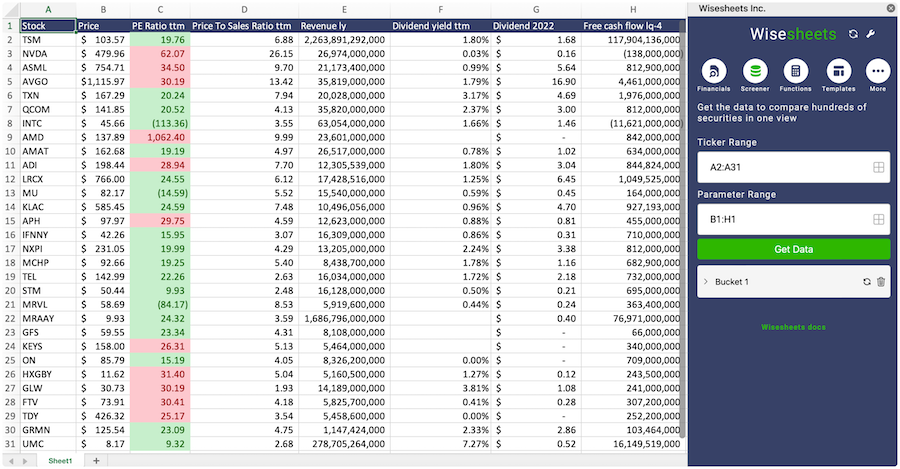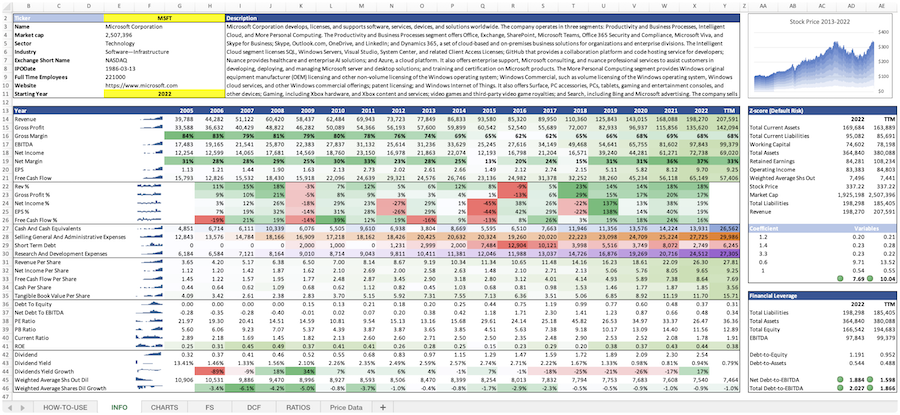DFI Retail Group Holdings Limited
DFI.L
DFI Retail Group Holdings Limited operates as a retailer in Asia. The company operates through five segments: Food, Health and Beauty, Home Furnishings, Restaurants, and Other Retailing. It primarily operates supermarkets and hypermarkets under the Wellcome, Yonghui, CS Fresh, MarketPlace, Giant, Hero, Mercato, Oliver's, 3hreesixty, San Miu, Jasons, and Lucky brands; and convenience stores under the 7-Eleven brand. The company also operates health and beauty stores under the Mannings, Guardian, and GNC brands; and home furnishings stores under the IKEA brand, as well as restaurants under the Maxim's brand. As of December 31, 2021, it operated 10,286 outlets in 12 Asian markets and territorie...[Read more]
Industry
Grocery Stores
IPO Date
2016-08-04
Stock Exchange
LSE
Ticker
DFI.L
PE Ratio
[44.61]
ROE
[-62.30%]
Current Ratio
[0.56]
Dividend Yield
[13.77%]
Enterprise Value
[7.73B]
Dividend History
The PE Ratio as of December 2025 (TTM) for DFI Retail Group Holdings Limited (DFI.L) is 44.61
According to DFI Retail Group Holdings Limited’s latest financial reports and current stock price. The company's current PE Ratio is 44.61. This represents a change of 1.30% compared to the average of 3.18 of the last 4 quarters.
DFI Retail Group Holdings Limited (DFI.L) Historical PE Ratio (quarterly & annually)
How has DFI.L PE Ratio performed in the past?
The mean historical PE Ratio of DFI Retail Group Holdings Limited over the last ten years is 34.43. The current 44.61 PE Ratio has changed 12.86% with respect to the historical average. Over the past ten years (40 quarters), DFI.L's PE Ratio was at its highest in in the June 2023 quarter at 112.89. The PE Ratio was at its lowest in in the December 2018 quarter at -32.98.
Average
34.43
Median
22.44
Minimum
-34.43
Maximum
144.35
DFI Retail Group Holdings Limited (DFI.L) PE Ratio by Quarter and Year
Discovering the peaks and valleys of DFI Retail Group Holdings Limited PE Ratio, unveiling quarterly and yearly fluctuations to gain insights into the company’s financial performance and market dynamics, offering valuable data for investors and analysts alike.
Maximum Annual Increase = 441.63%
Maximum Annual PE Ratio = 144.35
Minimum Annual Increase = -384.09%
Minimum Annual PE Ratio = -34.43
| Year | PE Ratio | Change |
|---|---|---|
| 2024 | -12.71 | -112.99% |
| 2023 | 97.82 | -384.09% |
| 2022 | -34.43 | -191.57% |
| 2021 | 37.60 | 80.65% |
| 2020 | 20.81 | -13.52% |
| 2019 | 24.07 | -83.33% |
| 2018 | 144.35 | 441.63% |
| 2017 | 26.65 | 28.57% |
| 2016 | 20.73 | 7.02% |
| 2015 | 19.37 | -18.96% |
DFI Retail Group Holdings Limited (DFI.L) Average PE Ratio
How has DFI.L PE Ratio performed in the past?
The current PE Ratio of DFI Retail Group Holdings Limited (DFI.L) is greater than its 3-year, greater than its 5-year, and greater than its 10-year historical averages
3-year avg
16.89
5-year avg
21.82
10-year avg
34.43
DFI Retail Group Holdings Limited (DFI.L) PE Ratio vs. Peers
How is DFI.L’s PE Ratio compared to its peers?
DFI Retail Group Holdings Limited’s PE Ratio is greater than X5 Retail Group N.V. (3.98), greater than X5 Retail Group N.V. (3.98), greater than Fix Price Group PLC (3.83), greater than Big Lots, Inc. (-0.00), greater than Ros Agro PLC (4.05), greater than MHP SE (2.31), greater than Bunge Limited (9.16),
| Company | PE Ratio | Market cap |
|---|---|---|
| 3.98 | $144.30M | |
| 3.98 | N/A | |
| 3.83 | $1.61B | |
| -0.00 | N/A | |
| 4.05 | N/A | |
| 2.31 | N/A | |
| 9.16 | N/A |
Build a custom stock screener for DFI Retail Group Holdings Limited (DFI.L) and other stocks
One of the best ways to find valuable stocks to invest in is to build a custom made screener in your Excel or Google Sheets spreadsheet. This allows you to compare thousands of companies like DFI Retail Group Holdings Limited using the financials and key metrics that matter to you in a single view.
The easiest way to set this up is to use the Wisesheets add-on and set your spreadsheet like this:
Covering all these metrics from financial, data, dividend data, key metrics and more you can get all the data you want for over 50+ exchanges worldwide.
Get your free trial here.
DFI Retail Group Holdings Limited (DFI.L) and other stocks custom spreadsheet templates
The easiest way to analyze a company like DFI Retail Group Holdings Limited or any others is to create a spreadsheet model that automatically retrieves all of the stock data you need.
Using Wisesheets you can set up a spreadsheet model like this with simple spreadsheet formulas. If you change the ticker you can get all of the data automatically updated for you.
Whether you need live data, historical price data, financials, dividend data, key metrics, analyst estimates, or anything else...Wisesheets has you covered.
Frequently asked questions❓
What is the PE Ratio?
How can you use the PE Ratio?
What is DFI Retail Group Holdings Limited's PE Ratio?
How is the PE Ratio calculated for DFI Retail Group Holdings Limited (DFI.L)?
What is the highest PE Ratio for DFI Retail Group Holdings Limited (DFI.L)?
What is the 3-year average PE Ratio for DFI Retail Group Holdings Limited (DFI.L)?
What is the 5-year average PE Ratio for DFI Retail Group Holdings Limited (DFI.L)?
How does the current PE Ratio for DFI Retail Group Holdings Limited (DFI.L) compare to its historical average?

